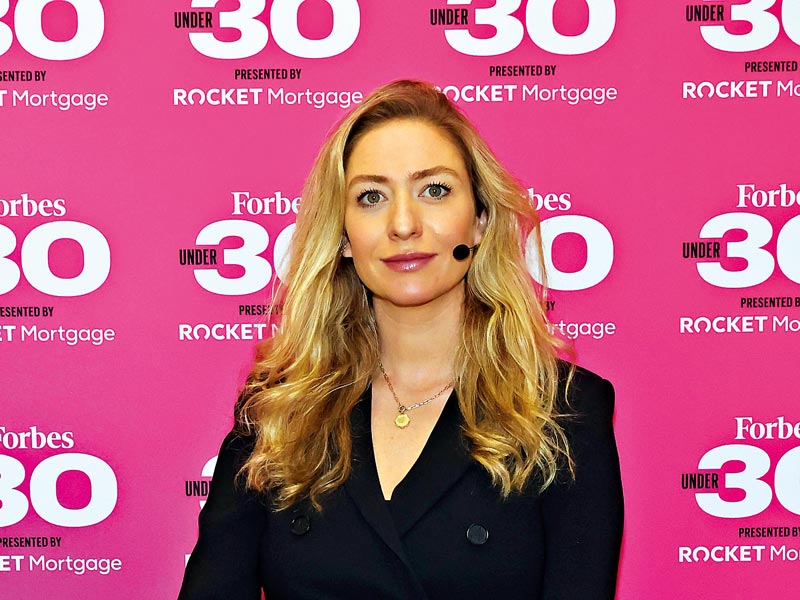
It is a truth universally acknowledged that the trajectory of online dating in recent history has gone from awkward and slightly embarrassing to undeniably mainstream. From the staid and somewhat hush-hush world of personal ads in the newspaper and the formal dating agencies of the 1990s, to the inevitable transition of these models into the smartphone space, online dating is now so much the norm it seems rare to find single people in any age group who haven’t sought romance via an app.
What’s your type?
Dating has never been easier, quicker, or more accessible, with apps catering to almost any niche. In the UK alone, from Muddy Matches for countryside lovers to the plant-based Veggly exclusively for non-meat eaters, if the main apps aren’t your thing, ask and the internet shall provide. Like so many other facets of daily life, we have outsourced our dating requirements to the internet, and there is money to be made. One of the earliest proponents of the online dating zeitgeist was Match.com, a company that built up a reputation for serious dating rather than the later Tinders and Grindrs of the world, which tended towards quick and easy dating (and later became the gateway into millennial hookup culture).
App makers tap into what scientists call the ‘social reward response’ when we swipe through matches
Online investment platform XTB has ranked the top 10 dating apps by revenue per million users and it is by this measure that Match is by far still the most lucrative of them all, raking in $25m per million users, or an impressive $2.4bn per year, four times the revenue of its next competitor, Zoosk.
Another key rival, eHarmony, closes out the top three – all of them key players in the ‘serious dating’ market and known for their paid-for subscriptions that promise more matches and people looking for real relationships. The rest of the table is a mixed bag in terms of what you might call user commitment, including familiar names like Bumble, which was founded by ex-Tinder employee Whitney Wolfe Herd and touted as the ‘feminist’ dating app (in hetero matches, the woman makes the first move).
Apps more commonly thought of as hookup-heavy in the table include Tinder, Grindr, and Plenty of Fish. These apps are all free to download and the vast majority of users remain on free profiles. But even with non-paying users, advertising is a considerable revenue stream as with any other form of social media. Although at first glance the table appears to show separate dating brands, in reality half of the players on the list are ultimately owned by Match Group, which gives it an enormous share in the dating market today.
The ‘social reward’
Tinder’s crucial win was the swipe – bringing with it almost a gamification of dating. Later patenting the idea, the app asks users to ‘swipe right’ if they like the look of a profile, or ‘swipe left’ to reject it. Knowing what we know now about the tiny dopamine hits we get with every ‘like’ or comment on social media, combined with the drive we have for new content that keeps us scrolling, Tinder tapped into the addictiveness of infinite novelty with the irresistible carrot of potentially finding a match.

By reducing the matchmaking process into a series of simple swipes, a yes or a no, Tinder took away the seriousness and committed feel of online dating as it used to be, and made it light-hearted and low-stakes, easy to pick up and put down. With the flurry of dating apps came an increase in marketability. Hundreds of millions of us aren’t just using the apps as a product – we are the product.
Our attention is valuable and marketable, and advertisers know this and exploit the profitable elements of the free versions, while app makers tap into what scientists call the ‘social reward response’ when we swipe through matches, which keeps us coming back. Whether those using the apps are looking for ‘the one,’ or just anyone, our need for human connection is one of our deepest biological drivers.
Even though paid subscriptions are still in the minority compared to freebie users, with online dating here to stay, getting an ad in front of even a tiny proportion of that user base is still a match made in heaven for advertisers.


